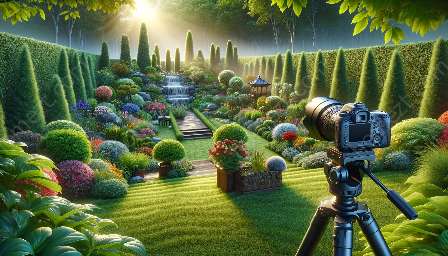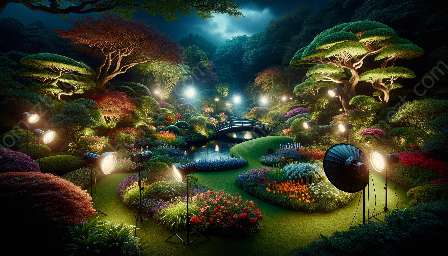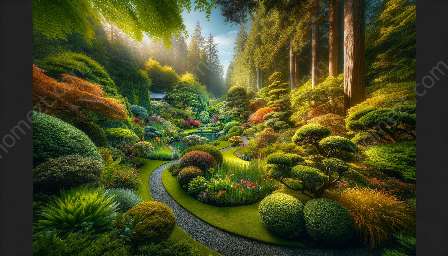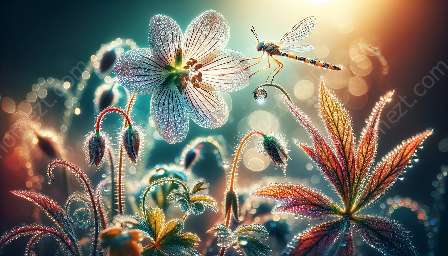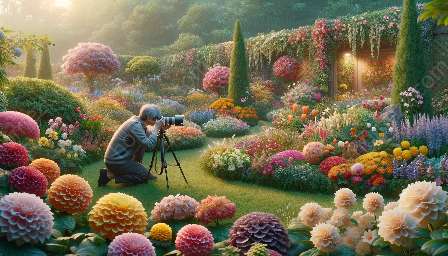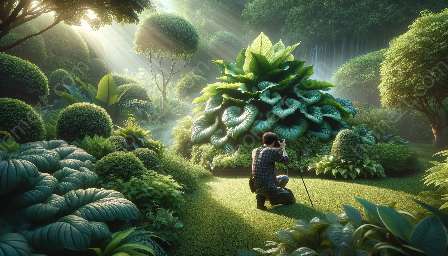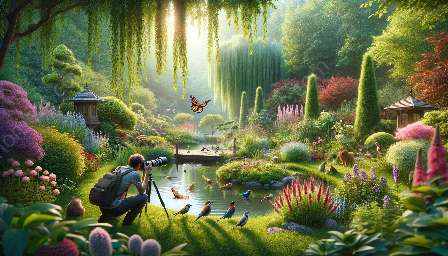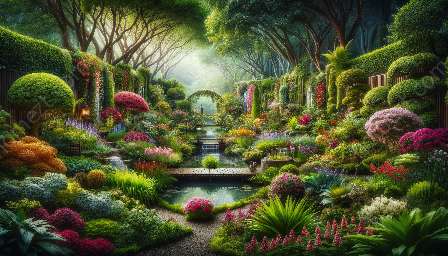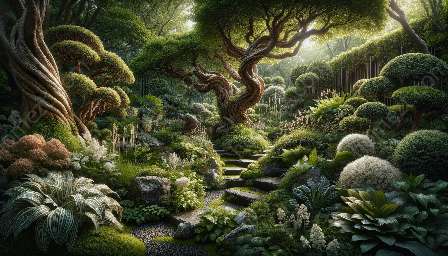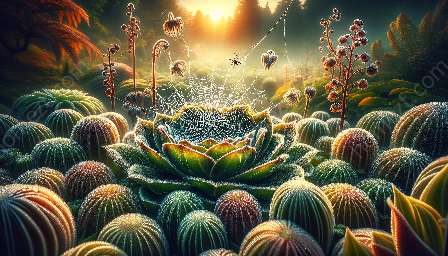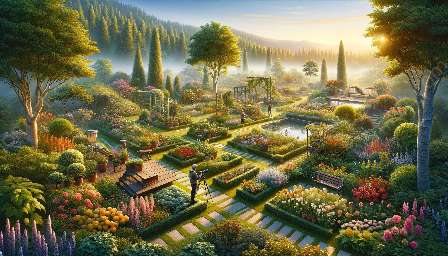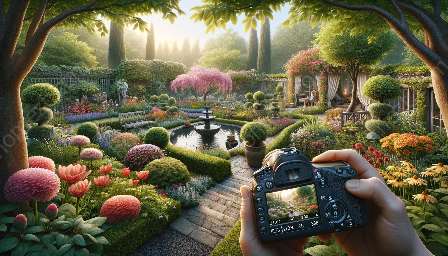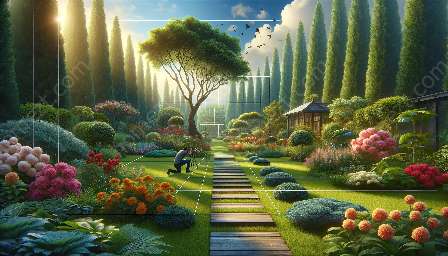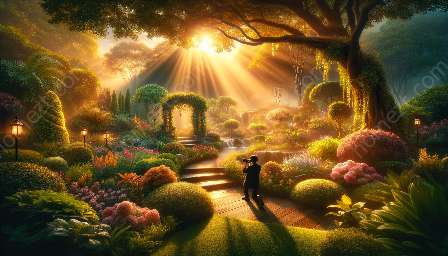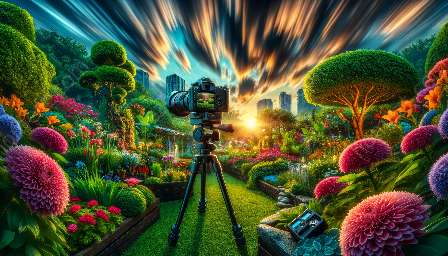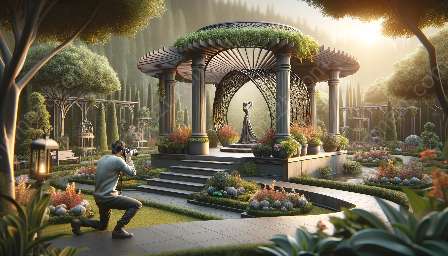Photography in garden and landscape settings offers a unique opportunity to capture the beauty of nature and human creativity. Understanding and applying composition rules is essential to create stunning and impactful images that effectively convey the essence of gardening and landscaping.
The Rule of Thirds
The rule of thirds is a fundamental principle in photography composition. It involves dividing the image into thirds both horizontally and vertically, resulting in a grid with nine equal parts. The key elements of the photograph should align with these grid lines or their intersections, creating a harmonious composition.
Leading Lines
Utilizing leading lines can guide the viewer's eyes through the image and towards the focal point. In garden photography, pathways, rows of plants, or garden borders can serve as effective leading lines, drawing attention to the beauty and intricacies of the landscape.
Frame within a Frame
By incorporating natural elements or architectural features as frames within the photograph, garden photography can gain depth and perspective. Arbors, doorways, or overhanging branches can create a frame that directs the viewer's gaze towards the main subject while adding visual interest.
Foreground, Middleground, and Background
Creating depth in garden photography is crucial for capturing the full essence of a garden or landscape. By including distinct elements in the foreground, middleground, and background, the image becomes more immersive and dynamic, offering a comprehensive view of the environment's beauty.
Perspective and Point of View
Exploring various perspectives and angles can elevate garden photography, allowing for unique and captivating compositions. Whether it's capturing the grandeur of towering trees from a low angle or showcasing the intricate details of blossoming flowers from up close, experimenting with perspective adds depth and dimension to the photographs.
Balance and Symmetry
Creating a sense of balance and symmetry in garden photography can instill a feeling of harmony and tranquility. Symmetrically planted flower beds, reflections in water features, or the balanced arrangement of elements contribute to visually appealing compositions that reflect the meticulous artistry of gardening and landscaping.
Negative Space
Leaving areas of emptiness or negative space in garden photography can emphasize the beauty and significance of the subject. Empty spaces around a solitary tree, a contemplative gazebo surrounded by open lawn, or the stillness of a pond amidst the lush greenery can evoke a sense of serenity and contemplation.
Light and Shade
Understanding the interplay of light and shade is integral to capturing the ethereal beauty of garden landscapes. The contrasting play of light and shadows adds depth, texture, and drama to garden photography, transforming ordinary scenes into mesmerizing visual narratives.
By integrating these composition rules into the art of garden photography, photographers can convey the enchanting allure of nature and the expert craftsmanship of landscaping. Through thoughtful application and experimentation, stunning images can be produced, offering a compelling visual celebration of gardening and landscaping.

